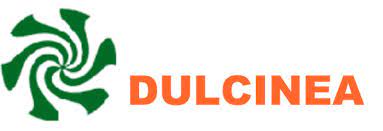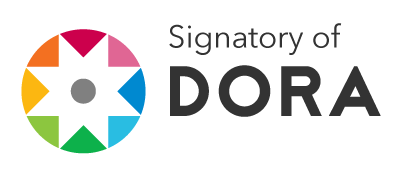The thematic in the drawings of children with ASD. The human figure
DOI:
https://doi.org/10.37467/gka-revedu.v5.1378Keywords:
Autism, Infant Drawing, Theme, Human Figure, ChildrenAbstract
Prevalence rates in Autism Spectrum Disorder (ASD) are increasing, so there is a need to investigate about it to improve the understanding of the characteristics of people with autism. Thus the field of study of art education is concerned, there are few studies conducted to analyze aspects of the drawings of children with ASD. Therefore, this article is part of a study of PHD, which analyzes the characteristics of children's drawing with autism. In the present study we present the results obtained in relation to child theme of spontaneous drawing of children with ASD.
Downloads
Global Statistics ℹ️
|
1276
Views
|
580
Downloads
|
|
1856
Total
|
|
References
Bogdashina, O. (2003). Sensory perceptual issues in autism and Asperger syndrome: different sensory experiences, different perceptual worlds. London: Jessica Kingsley.
Corrado, R. (1887). L’arte dei bambini. Bologna: N. Zanichelli
Christensen, D., Baio, J., Braun, K., Bilder, D., Charles, J., Constantino, J., Daniels, J., Durkin, M., Fitzgerald, R., Kurzius-Spencer, M., Lee, L., Pettygrove, S., Robinson, C., Schulz, E., Wells, C., Wingate, M., Zahorodny, W. and Yeargin, M. (2012). Prevalence and Characteristics of Autism Spectrum Disorder Among Children Aged 8 Years - Autism and Developmental Disabilities Monitoring Network, 11 Sites, United States. Surveillance Summaries 1, 65(3); 1-23. DOI: https://doi.org/10.15585/mmwr.ss6503a1
Estrada, E. (1987). La expresión plástica infantil y el arte contemporáneo. Tesis doctoral no publi-cada. Universidad Complutense de Madrid.
Farroni, T., Csibra, G., Simion, F., Johnson, M.H. (2002). Eye contact detection in human from birth. PNAS, 99, (14), p. 9902-9905. DOI: https://doi.org/10.1073/pnas.152159999
Kanner, L. (1943). Autistic disturbances of affective contact. Nervous Child, 2, 217-50.
Lim, H. K., Slaughter, V. (2008). Brief Report: Human Figure Drawings by Children with Asperger’s Syndrome. Journal Autism Development Di-sorder, 38, p. 988-994. DOI: https://doi.org/10.1007/s10803-007-0468-z
Machón, A. (2009). Los dibujos de los niños. Génesis y naturaleza de la representación gráfica. Un estudio evolutivo. Madrid: Cátedra.
Muñoz P., Muñoz I. (2001). Intervención de la familia. Estudio de casos. En G. Pérez Serrano (coord.). Modelos de investigación cualitativa en educación social y animación sociocultural: aplicaciones prácticas. Madrid: Narcea.
Rivière, A. y Martos, J. (1997). El tratamiento del au-tismo: Nuevas perspectivas. Madrid: Inserso-APNA.
Selfe, L. (2011). Nadia Revisited: A longitudinal study of an autistic savant. New York: Psychology Press. DOI: https://doi.org/10.4324/9780203825761
Wing, L. and Gould, J. (1979). Severe impairments of social interaction and associated abnormalities in children: Epidemiology and classification. Journal of Autism and Developmental Disor-ders, 9 (1), p. 11-29. DOI: https://doi.org/10.1007/BF01531288
Wing, L. (1998). El autismo en niños y adultos. Una guía para la familia. Barcelona: Paidós.
Downloads
Published
How to Cite
Issue
Section
License
Those authors who publish in this journal accept the following terms:
-
Authors retain copyright.
-
Authors transfer to the journal the right of first publication. The journal also owns the publishing rights.
-
All published contents are governed by an Attribution-NoDerivatives 4.0 International License.
Access the informative version and legal text of the license. By virtue of this, third parties are allowed to use what is published as long as they mention the authorship of the work and the first publication in this journal. If you transform the material, you may not distribute the modified work. -
Authors may make other independent and additional contractual arrangements for non-exclusive distribution of the version of the article published in this journal (e.g., inclusion in an institutional repository or publication in a book) as long as they clearly indicate that the work was first published in this journal.
- Authors are allowed and recommended to publish their work on the Internet (for example on institutional and personal websites), following the publication of, and referencing the journal, as this could lead to constructive exchanges and a more extensive and quick circulation of published works (see The Effect of Open Access).













